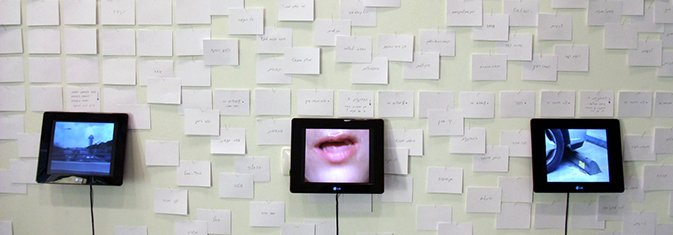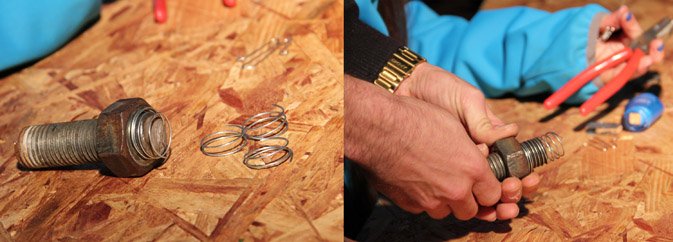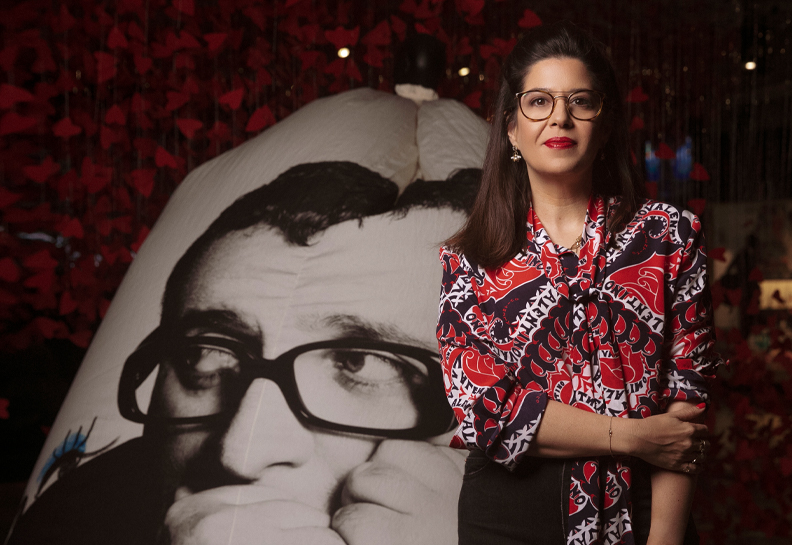The Design Lab is hosting Pini Leibovich, Yiftach Zdafee, and first-year students from Shenkar College for three months of activity and study in the Design Lab.

The Design Lab is hosting Pini Leibovich, Yiftach Zdafee, and first-year students from the Department of Industrial Design at the Shenkar College of Engineering and Design for three months of activity and study in the Lab. The idea is to introduce visitors to the very first stages in the process of studying design, and reveal the initial place where the tools are built that mark the long road that does not end in academe, but continues throughout an entire lifetime.
Every Wednesday for the next few months, the Lab will function to all intents and purposes as a studio-classroom, and during the rest of the week it will be open to the Museum’s visitors who wish to observe the documentation of the study process. Different works will be displayed from week to week, and additional levels of practice will be added and presented in the classroom. This blog documents the study process and affords a kind of peephole onto what goes on in the Lab.
Post Last Published:
The Last Lesson – 26/1/2011
– A Forest of ColumnsThe last lesson of the semester: the celebratory submission of the craft board columns.We cleared the Lab space of the tables and chairs, and craft board columns sprouted from floor to ceiling – large, impressive objects that fill the entire space.
“This is the biggest thing, in every sense of the word, that you’ve done so far”, Pini says excitedly. “We look at these columns and know that you’ve learnt a great deal. We don’t need a lot of words to explain, your accumulated knowledge is manifested in these columns. Anyone who comes into this space experiences very powerful sensations, and only then begins to judge what they’re seeing. As designers it is important for us to preserve that place in which the first encounter with the object creates an experience and excitement, and only then rational analysis and judgment of the object”.
Sharon Keren, head of the Department of Jewelry Design at Shenkar, and his predecessor Deganit Stern-Schocken join us as our guests for our final projects.”In the Book of Genesis there is already mention of towers. People have always strived to see farther and higher”, says Sharon. “The question is how you choose to produce a column like this, to create magic that can stand upright”.”Many of the projects didn’t address the question of what is a column”, says Pini, “but rather the challenge of rising high above. In your hierarchy, this was the biggest challenge”.
Alex Padwa, head of the Department of Industrial Design at Shenkar, also joins us and congratulates the students for their successful projects. “It’s interesting to see what happens when you transition from working on a small object to working on something that’s bigger than us. It is no trivial matter to use the same material you used throughout the semester to work on small objects, and then enlarge it. It’s not the same, the physics of the entire structure changes. There is a very impressive range of approaches here, of geometry gaining expression. I like the audacity and humor. We’re Israelis, and paying strict attention to detail isn’t one of our fortes, so well done all of you for addressing the details as well”.”What we have here is a very big learning curve, and this is certainly evident and very exciting”, Pini sums up. “We want to thank you all very much for the way you approached our work here and the process. You can go on your semester break now and feel very proud of the work you’ve done”.
Annual Field Trip to Studio Zik – 30/1/2011We leave the Lab at the Museum and take a trip to the Zik Group’s studio in Beit Nekofa on the approaches to Jerusalem, for an end-of-semester celebration.

Short film: Sasha Leikin and Einav Blum
Short film: Orit Dolev
Short film: Or Steiner and Nadav GoldenbergThe students show their selected films for the Sixty Seconds and Encounters in Movement exercises.”Try to watch these short films as if you’re seeing them for the first time”, says Pini, “try to see in them inspirations of color, form, and sound. Use them as inspiration for the next semester, and for your continued path”.- How Do You Make a Paperclip? A short, concluding exerciseThe students split into pairs for work at Studio Zik. The exercise: to make a paperclip out of wire.”In the course of a whole semester we’ve talked about the technology of craft board, about organic quality, about structure, function, and form. A paperclip simply and basically embodies the combination of structure, function, and form. Its form contains the function of the item itself. If you understand the essence of this small thing you’ll be able use wisely any material you choose. When structure, function, form, and technology are combined, something very clever and beautiful is created”.


Text and photographs: Irit Lanciano
Previous Blog Updates:
– Introduction– Lesson 1 – 27/10/2010– Lesson 2 – 03/11/2010– Lesson 3 – 10/11/2010– Lesson 4 – 17/11/2010– Lesson 5 – 24/11/2010– Lesson 6 – 1/12/2010– Lesson 7 – 8/12/2010– Lesson 8 – 22/12/2010– Lesson 9 – 29/12/2010– Lesson 10 – 5/1/2011






